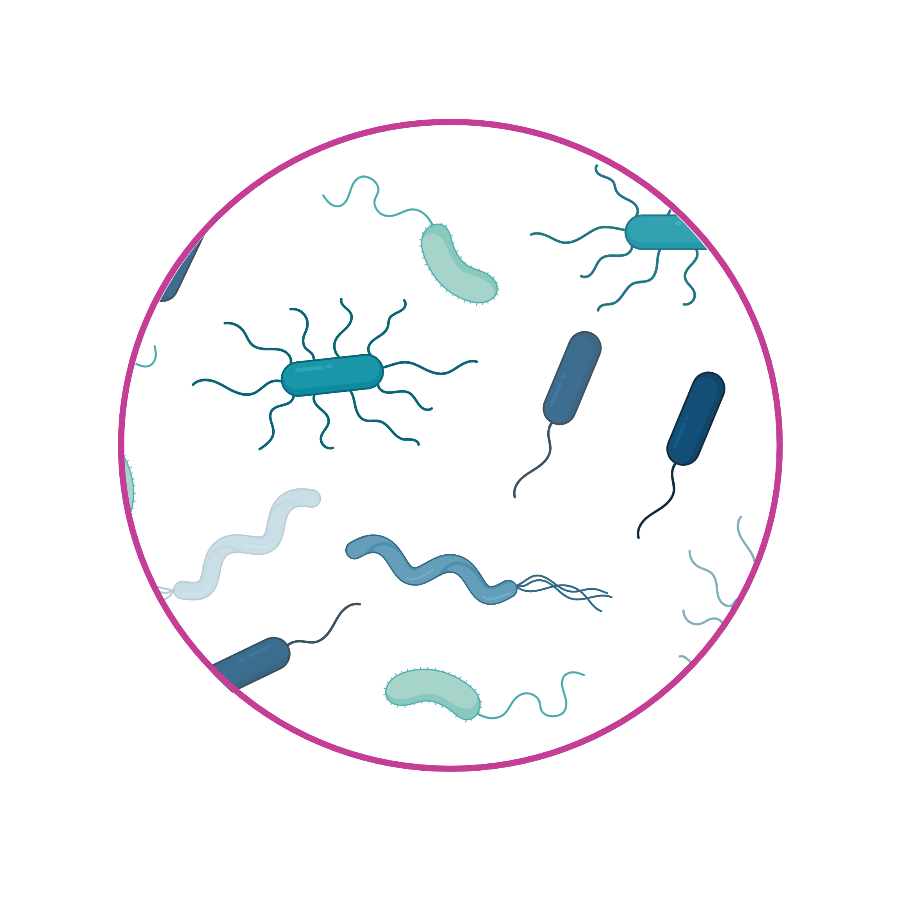Our Research
Imaris 3D reconstruction of a microglia
Microglial organization of social circuits during development
Microglia are increasingly recognized to play a role in the developmental organization of neural circuits. But less is known as to how this occurs in the context of social circuits in the brain - such as the oxytocin and vasopressin systems. We use a combination of molecular techniques, imaging, and in-vivo chemogenetic and pharmacological manipulations to explore how microglia interact with these circuits during development to influence social behavior.
The influence of the gut microbiome on neuroimmune interactions
A growing body of literature shows that the gut-brain axis is a powerful modulator of social behavior. However, much remains to be uncovered about the precise mechanisms by which this occurs. We use microbiome sequencing techniques, as well as cell culture and in-vivo methods to study the ways in which the composition of the gut microbiome influences the social brain.
How environmental exposures interact with psychosocial factors to influence social circuits in the brain
Environmental toxicants such as air pollution are a world -wide challenge to human health. Furthermore, the populations that bear the greatest burden of toxicant exposure also tend to be those that are exposed to the highest levels of psychosocial stress. We use innovative models to ask how psychosocial stress increases susceptibility to a range of environmental exposures and how this then alters the social brain.
Our work is currently supported by the National Institute of Environmental Health Sciences and by Boston College.




